Rosalind Franklin: The Woman Who Was Left Out
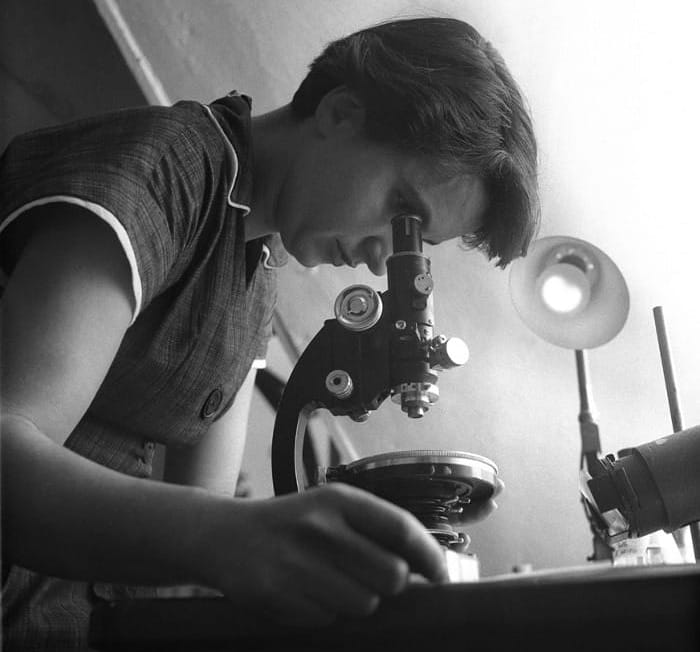
When discussing the discovery of DNA's double helix structure, James Watson and Francis Crick are two common names that pop up. These scientists received a Nobel Prize in Physiology/Medicine in 1962 for their discovery of the molecular structure of DNA.
However, what many people don't know is that Rosalind Franklin, a fellow college actually helped them in their discovery. The Nobel prize was shared between Watson, Crick and Wilkins for their contributions to the discovery. This was considered one of the most important biological riddles for a long time. Despite this, she was never awarded anything during her lifetime. The only 'awards' she received were in the form of research fellowships, grants and honors of academic achievement.
Rosalind Franklin
Franklin was a British biophysicist, born on the 25th of July 1920, London, England. She was known for her contributions to the discovery of DNA's double helix structure as well as her insights to the structure of viruses which helped us lay the foundation in the field of structural virology.
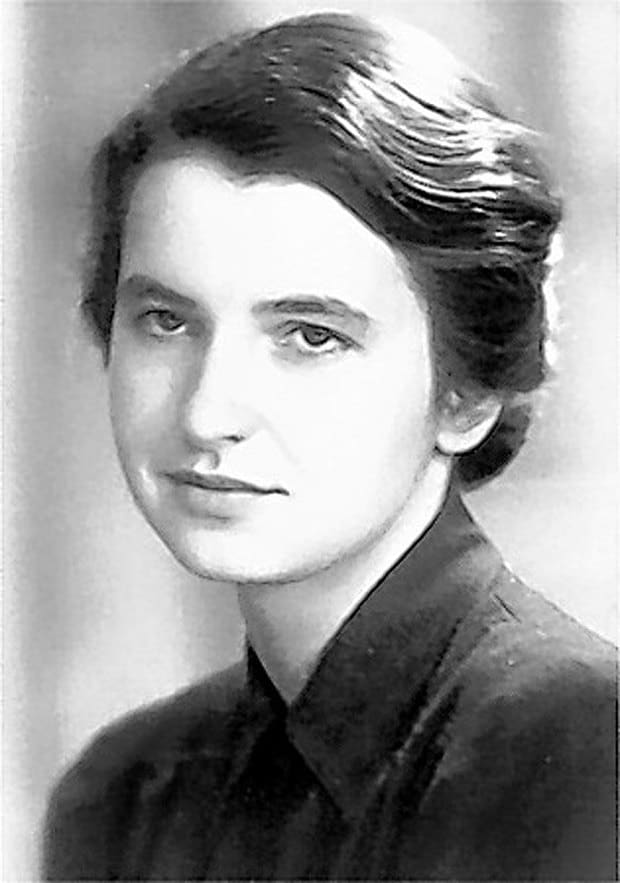
The discovery of DNA's structure in 1953 was made possible due to Dr. Franklin's X-ray diffraction work at King's. She joined the laboratory of King's in 1950 with a PhD from Cambridge and X-ray diffraction experience in Paris. In the laboratory, she found that the DNA molecule could exist in two forms form A & form B by controlling the water content of the DNA specimen. In May 1952, Franklin and Ray Gosling (a PhD student) captured an image of form B of the DNA specimen through X ray diffraction.
X-ray Diffraction (XRD)
X-ray diffraction is a method used primarily for studying the ordered structures such as crystalline organic and inorganic samples, poly-crystalline materials, proteins, carbohydrates and drugs. It is analyzed by the scattering pattern produced when a beam of radiation or particles (X-rays or neutrons) is bombarded onto the sample.
A few examples of crystalline samples include table salt, diamonds, ice, sugar and most metals.
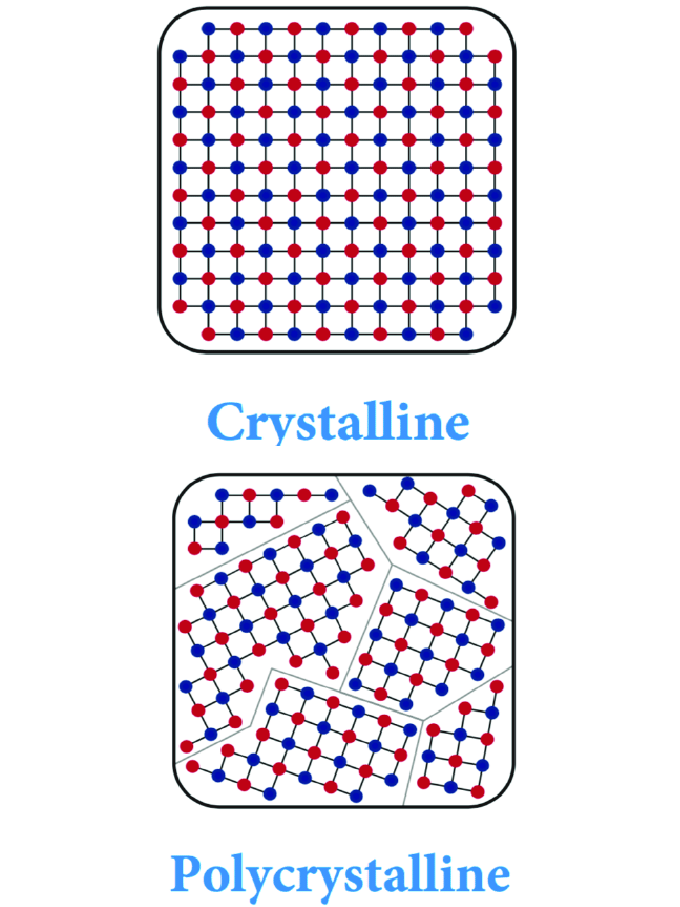
An X-ray diffractometer is used for this process. When using the diffractometer, different crystallines give off different patterns. Scientists compare these patterns to an existing reference to look for similarities. This is the same as when analysts compare fingerprints on a crime scene to the suspect's to look for any connections.
In total, 3 articles where published on Nature, One by Dr. Rosalind and her student Ray Gosling, Another by Dr. Maurice Wilkins and his team and the 3rd by Dr. Watson and Dr. Crick. Franklin was the X-ray crystallographer who produced many of the significant data to discover the structural orientation of DNA. She was a colleague of Dr. Wilkins at King's. But due to their strained relationship, there was no progress which prompted her to abandon her work there.
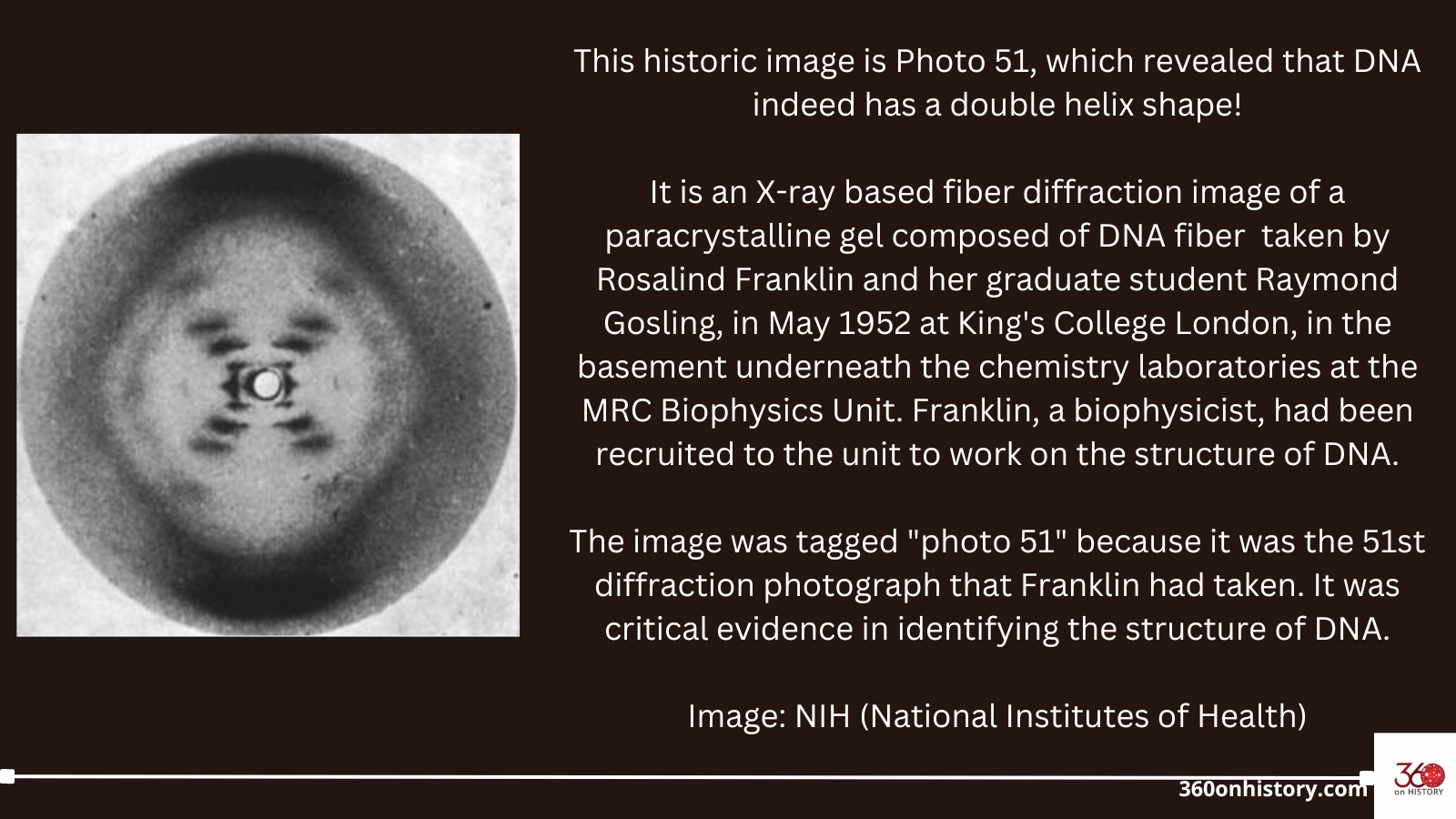
She presented her findings of critical measurements at a talk which was passed on to Dr. Crick and Dr. Watson without her consult. This further strengthened the thought that DNA was double stranded with the strands running in opposite directions.
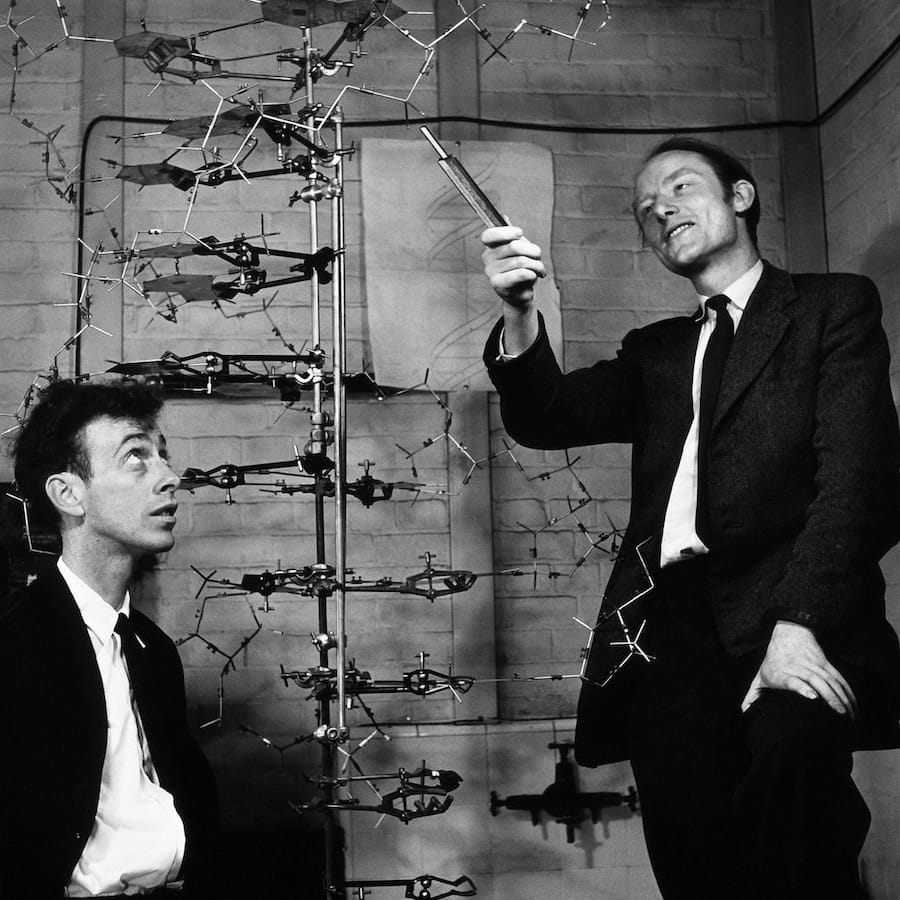
Watson and Crick used this data to create a intricate physical model of DNA's structure and concluded the theory. They were awarded the Nobel prize in 1962. The unfortunate part is that they never gave her the credit she deserved. The British biophysicist was diagnosed with ovarian cancer during 1956. Despite this she worked till she passed on the 16th of April 1958 due to ovarian cancer.




